Getting and spending, we lay waste our powers—”
Ah, yes, William Wordsworth captures our immersion in daily trials & tribulations, to exclude the wonder of the world around us. Thanksgiving, then, seems the perfect time to remind ourselves of our blessings—how very much we in the Western world have to be thankful for. And the best way to begin, I think, is to talk local and specific, in stark contrast to the election speak of the moment.
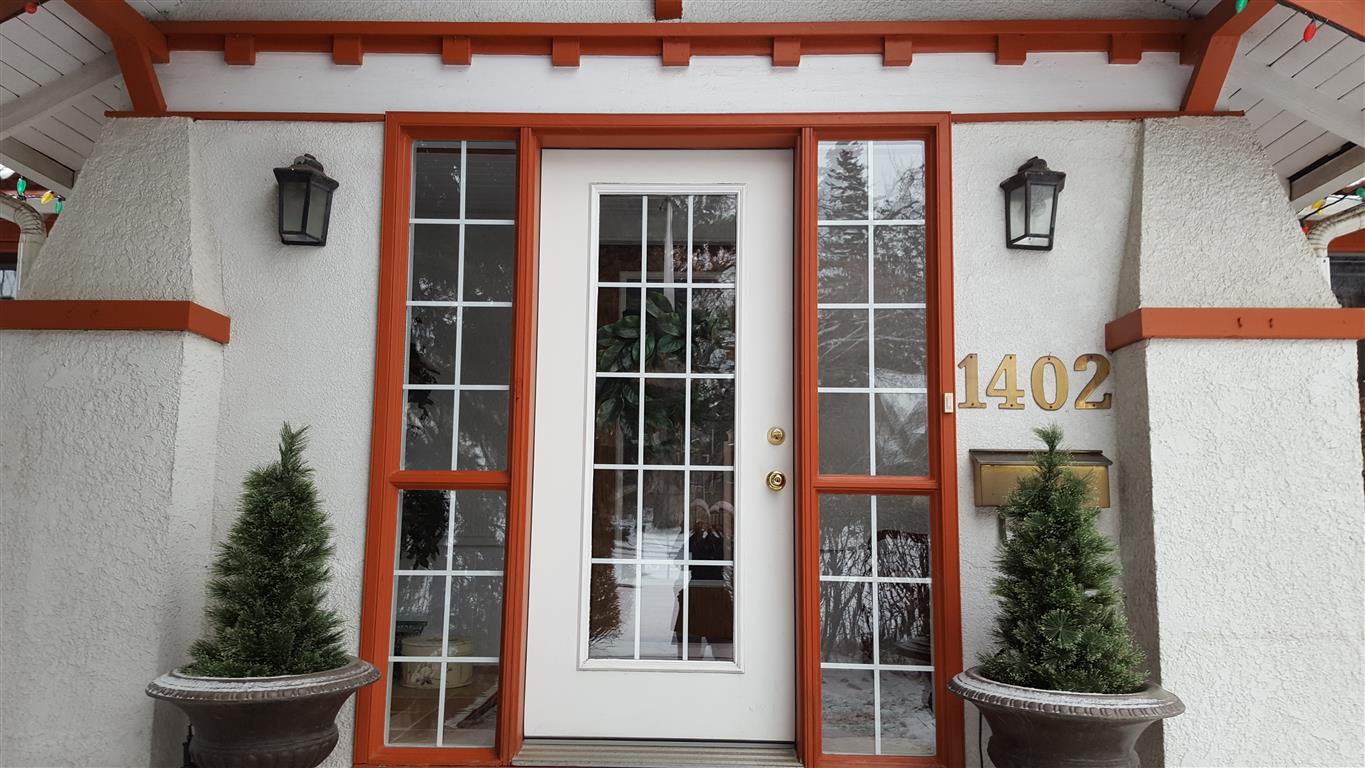
I love my house.
I love my neighbourhood.
It’s old. It’s small. It’s inner city. It’s this leafy enclave walled by the busy arteries of Crowchild Trail, 17 Avenue, 16 Street and 12 Avenue in the southwest quadrant of the city. It gets its pleasing pattern of winding streets and interesting back alleys from the same landscape architectural firm as designed Central Park in New York, Frederick Olmstead. His vision incorporated large setbacks from the street, making a lovely setting for the houses, many of them in the arts & craft style. The garages are at the back off the alley, where they belong, not blocking neighbour from neighbour as they do in new neighbourhoods. The lovely old houses encourage a glass of wine on a summer afternoon in the shade of their deep front porches; the neighbours walk by, some waving hello, some stopping for a chat. That’s civilization.
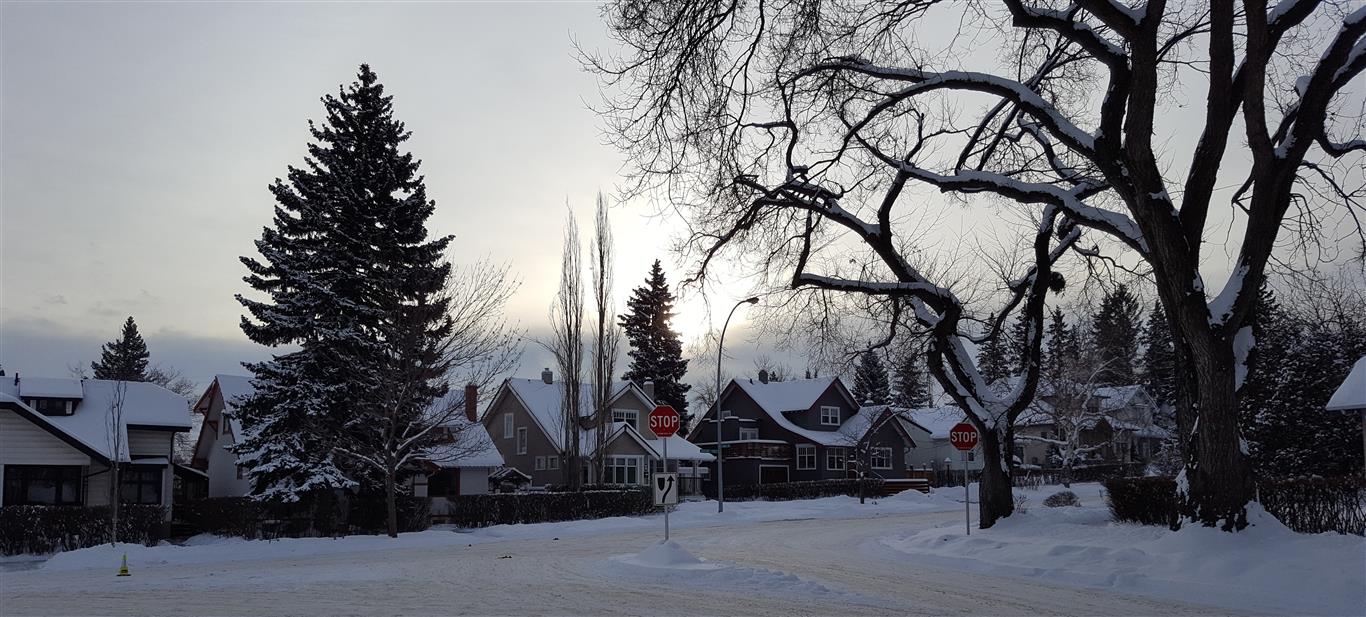
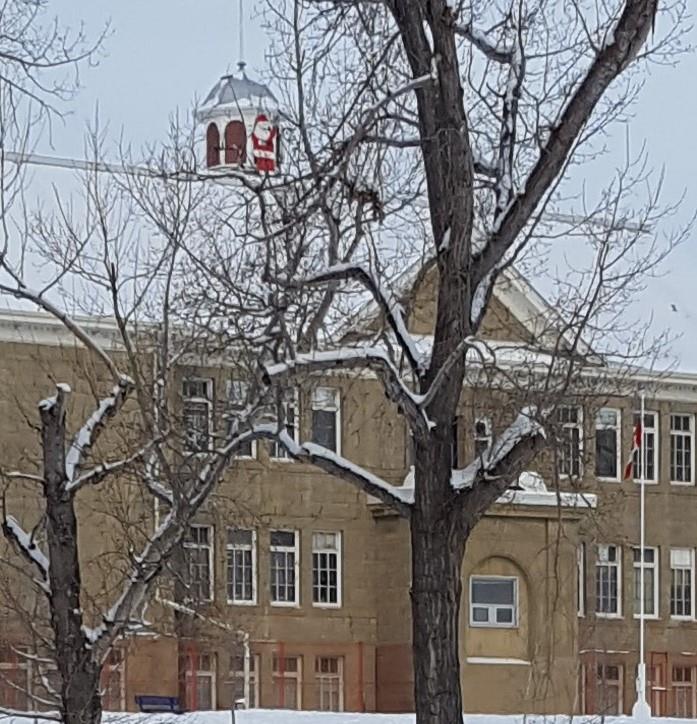
I love the city.
It’s sprawling. It’s open. It’s western. I fell in love with it long before I came here. Growing up on a farm in Saskatchewan, we used to play Calgary Stampede with stick horses that we raced around the farmyard. Its intrigue captured us, even though we knew little about it. So when I finally moved here in 1968, I was already a ‘born & raised’ Calgarian, and my love for this city has only grown. The last few years have seen us vilified by our fellow Canadians, but it has just made our pride in it fiercer. This, too, shall pass, and we will regain our natural optimism and joie de vivre that is so sadly lacking in so many places in the Western world.
Being inner city, I love exploring its neighbourhoods, always dressed to the nines for a day in the city—smart skirt or pants & corporate shirt or frilly blouse, tailored jacket or pretty cardigan, matching purse & shoes (and leather gloves if the season demands it), and just the right touch of embellishment with jewellery, a scarf and a flower in my hair. And if I’m feeling really historical, I wear a hat to put the finishing touch to Portrait of a City Woman.
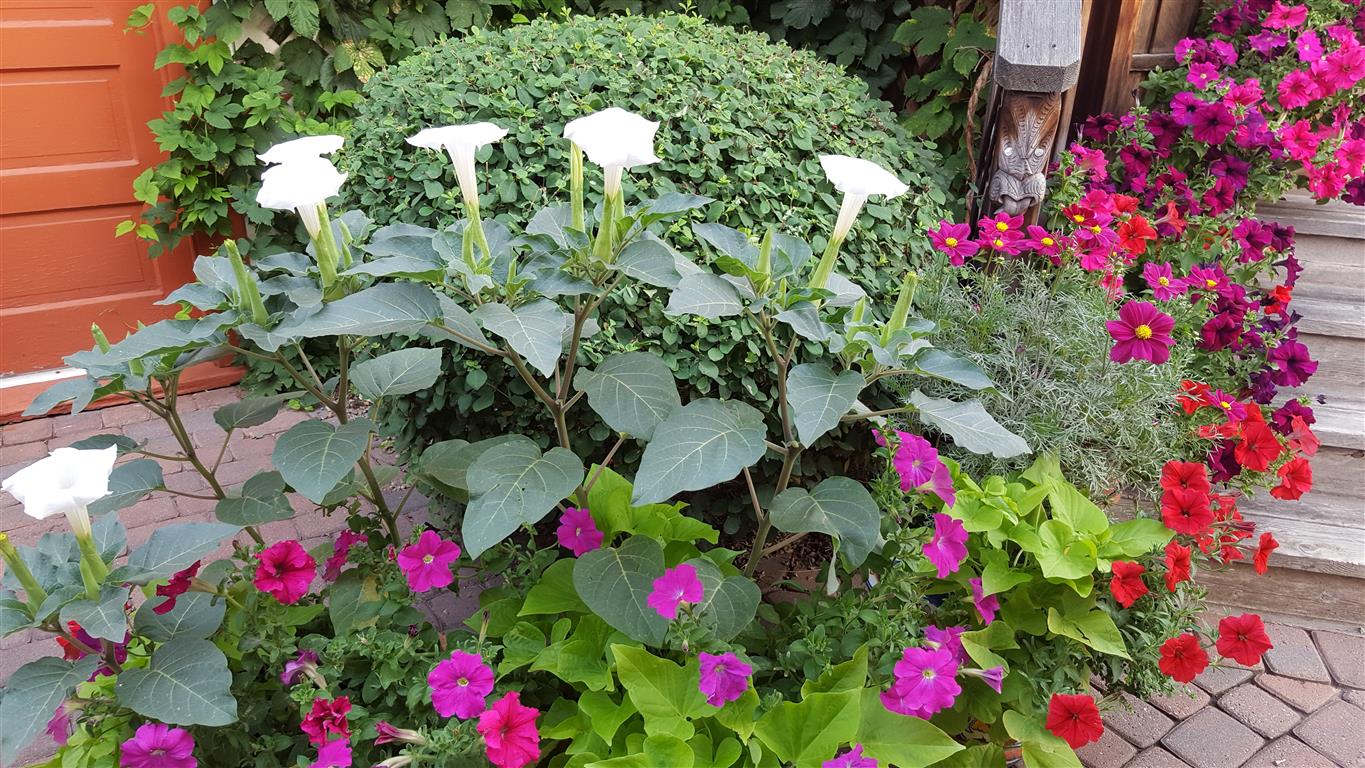
- 17th Avenue is the big-city street in Calgary with a stream of pedestrians all through the day, weekdays & weekends, shopping in its boutiques and eating & drinking in its bounty of restaurants. Many spill into the street, adding to the conviviality of the heart of urban Calgary. And the restaurant where everybody knows our names sits right across from Tomkins Park & Mount Royal Village: It’s a Friday night date, on the patio in summer and near the fireplace in all the other seasons, when we catch up on the mundane and the major while dining Italian in the warm embrace of Buon Giorno.
- 4th Street & Mission intersect with 17th, and continue its city scene: Lululemon with its athletic wear to flatter you as you sweat; Masters Gallery with its art, Group of Seven & contemporary, to dress your walls; Earls Kitchen & Bar with its happenin’ scene inside & out; and Wai’s Alterations with its friendly seamstresses to make all your clothes fit just right. My favourite croissants come from the yellow house just off 4th, a delicious treat after physio for my old bones.
- East Village with its stunning National Music Centre and Central Library have made this formerly grungy site into a sight for sore eyes—civic projects that swell the City’s chest. A friend of mine, who always knows the newest & best eatery, shop or gallery, lives across the Bow from the East Village and has got into the habit of walking over for bread & wine. It was she who introduced me to this ‘new’ neighbourhood next to City Hall, and it was love at first sight. Many more visits beckon in my future.
- Inglewood is old and funky and rejuvenated. I hadn’t been there for a while and, as so often happens, this summer saw me visit three times in quick succession: lunch with a friend, Sunfest with the Conservatives and an art crawl on a magnificent September day. And I will go again soon to continue on to the next block of the 9th Avenue with its shops and galleries chock-a-bloc full of interesting, sometimes quirky merchandise.
- The Core is a regular visit for this urban citizen. The recession hit Calgary badly in 2015 and continues to depress our primary industry, dealing a major blow to The Core. The recovery is slow and limited, but the weeping has stopped as businesses and shops reinvent themselves for this new reality. Calgary always had so much energy—in the ground and in the air—which made it a pleasure to be alive in this beautiful foothills city. The optimism and flair are creeping back—in spite of our fellow Canadians turning their backs on us in our time of need—so visiting The Core is again fun. And for this urban woman, going downtown keeps me in touch with the city’s spirit, something that a mall simply cannot do.
This is just the inner circle, of course, of this sprawling city. There are many charming neighbourhoods, established with mature trees and gardens greening the landscape, and brand new with bare landscapes transforming the countryside as they build their own ‘villages’. Like all living things, the city grows and changes, and I’ve enjoyed the ride from just over half a million to more than a million residents in 50 years. Who knows what it will look like in another 50 years? But it will survive, of that I am sure because prairie people never quit. (Churchill would love us!)
I love the friendliness of Calgarians.
It’s a cliché, and it’s true: Calgarians are friendly. I get smiles everywhere I go and often a compliment and a chat to go along with it. Even driving, people are courteous, letting me in on congested streets, and I return the favour. The only ones who don’t oblige are consistently young men, and young men have ever so much more important places to be than the rest of us, so I forgive them. When I started my business in the mid-90s, I knew no doors would be closed because I didn’t know the right people. I knew that if they had the work and I could convince them that I could do it, they’d give me a chance. It made starting a business exciting and challenging, not anxious and depressing—ergo, the city is full of entrepreneurers.
And it is this friendliness, energy and excitement that will turn our obstacles into innovation to weather the current climate-change storms.
I love the weather and the setting.
Yes, you read that right: I love Calgary’s weather, the best in Canada, à mon avis. The sun shines through on the coldest days, and that’s a blessing fervently to be wished. Its cool nights make sleeping with wide-open windows a nightly pleasure, in contrast to the closed-window AC of so many places. We have seasons, without which the weather is monotonous, and we have fierce sun and gusty winds—ironically, Alberta looks to lead the nation in the production of solar & wind energy, as it does in fossil-fuel energy, posing a bit of a conundrum for our disapproving cousins in the eco trenches. What will they accuse us of then, as they fly around the world lecturing the peasants on how to live in the Stone Age?
And then there’s the setting: nestled in the foothills of the Rocky Mountains with their awesome peaks reaching to heaven, and the Elbow & Bow rivers meandering through town on their way east across the continent. Every time I was driving home on Barlow Trail at the end of a long day, from visiting my husband in Lougheed Hospital or campaigning for the conservative cause in the far northeast, my heart would soar at the spectacle of these majestic mountains flung across the western sky. When the urban landscape tires the soul, a venture out of town along the Cowboy Trail south through the foothills and its vast ranches renews one’s faith in Alberta and its abundance of natural beauty—and resources.
Last week, a friend and I went to another production of a sterling theatre enterprise, Skakespeare and Company. This time it was The Tempest in its usual venue, the small theatre next to Vertigo Theatre, making the Shakespearean experience intimate and engrossing for the audience; every detail is visible, and Shakespeare is a very detailed playwright. And there’s a cornucopia of theatre and music experiences from which to choose, way more than my budget and time can access. Having gone to theatre in both London and New York, I feel not one whit of culturally deprivation in Calgary; au contraire, I feel challenged to choose the productions that would best fit my cultural diet.
I love Western civilization.
Yes, we Westerns have much to be thankful for, but we of mature years know it is never to be taken for granted. Clive James expresses this perfectly in Cultural Amnesia in his praise of Alan Moorehead, an Australian writer of international repute. Moorehead’s wisdom rested on the conviction that “to be born and raised in a prosperous liberal democracy not only confers the energy to see the world as it is, but the obligation to make sense of it, on behalf of all those deprived of the opportunity.” I accept this obligation, as do most Albertans.
Thank God for Alberta, eh?
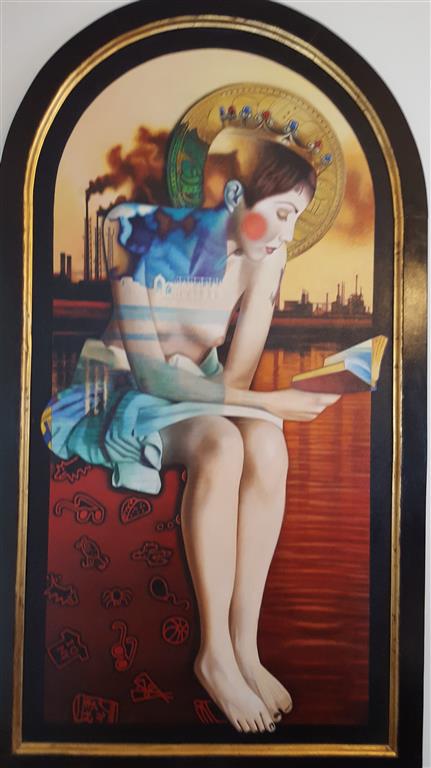
*Inspired by “What I love about America”, National Review, September 9, 2019.
